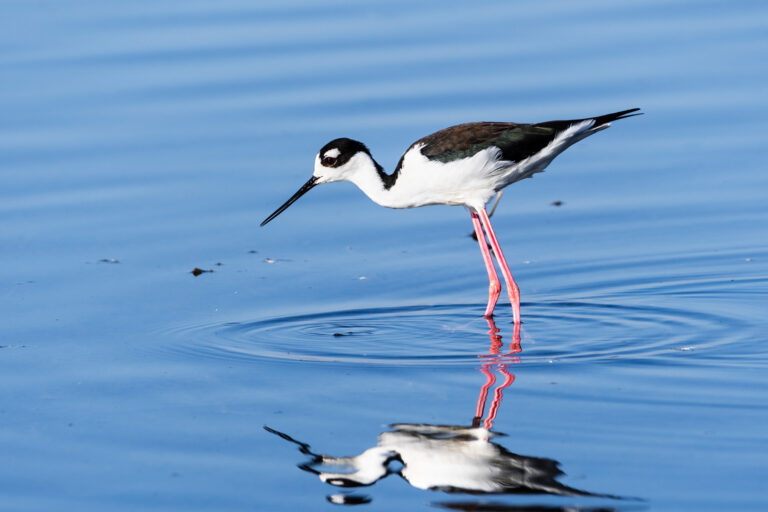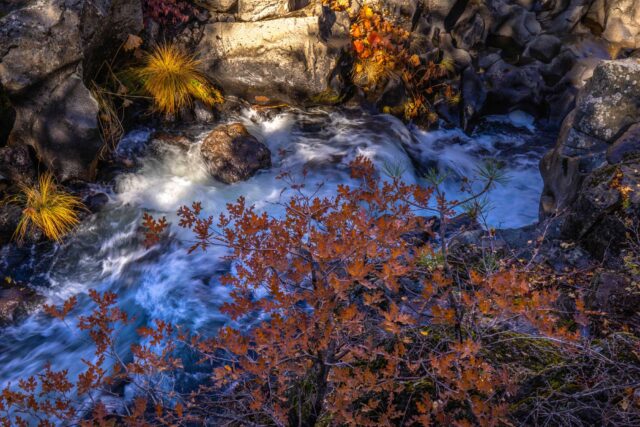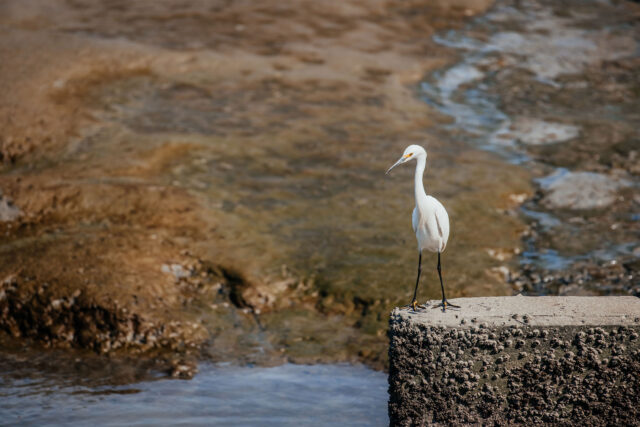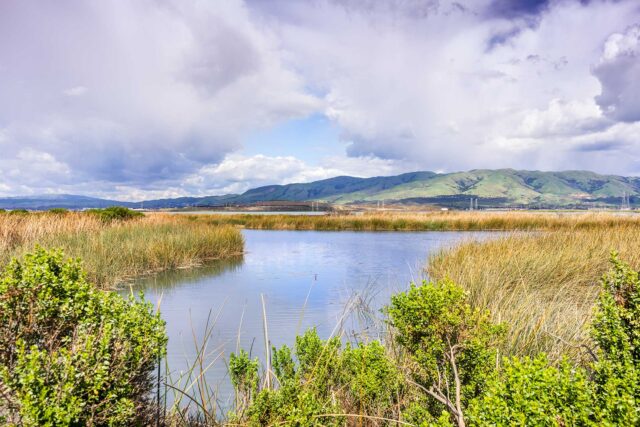The Central Valley Project Improvement Act (CVPIA) turns 30 this year. We asked three experts—Jeanne Brantigan of The Nature Conservancy, Samantha Arthur of the National Audubon Society, and Catherine Hickey of Point Blue Conservation Science—to explain what the CVPIA is and why it’s so important for birds.
Can you explain a little bit about dedicating water for wildlife refuges under CVPIA? When did it start, and why has it been so significant for California?
Samantha Arthur: Congress passed the act in 1992. It recognized the importance of the Central Valley’s rivers for migratory birds, fish, and other wildlife—and the need to make protection and restoration of fish and wildlife a coequal purpose of the Central Valley Project (CVP), along with other uses, including agricultural, municipal, industrial, and more.
Wetlands in the Central Valley have been massively impacted by large-scale water development, including the CVP. Only 5% of our historic wetlands remain, and they provide habitat for millions of waterfowl on the Pacific Flyway as well as hundreds of thousands of shorebirds. It’s really important that these wetlands get the water they need to provide habitat for migratory birds.
Jeanne Brantigan: Declines in wildlife populations were apparent by the 1970s and were well-documented in scientific studies. The law recognized that the construction and operation of the CVP was having a big impact on migrating and resident birds, and that it was in the public’s interest that some water should be dedicated to mitigating and repairing these impacts.
Tell us about some of the successes under the program.
JB: Because of severe wetlands loss in the Central Valley, birds essentially face drought conditions every year. A more consistent water supply has allowed wetland managers to better steward habitat over the long term and build up the wetlands’ ongoing productivity. It’s improved wetland resilience by reducing the impacts of severe droughts.
SA: Without the CVPIA, the consequences of the CVP would have been much more significant. Over the last 30 years, over $1.7 billion has been invested in habitat restoration and facilities that serve fish and wildlife. That includes infrastructure to benefit wetlands, dedicated water supplies, and strategic groundwater extraction.
The wetland conservation community has stabilized populations of waterfowl like ducks and geese, and much of that is due to improved water deliveries and skilled wetland management. We want to celebrate the CVPIA’s success and mark this moment as a time to rededicate ourselves to fully realize its promise.
SA: Despite successes, in the 30 years since its passage, there’s never been a year when all refuges received their full allotment promised by CVPIA—even in wet years. We need to redouble our efforts to ensure that wildlife get their allotment.
Over the last 50 years, we’ve seen ongoing declines in shorebirds that rely on Central Valley wetlands, which suggests a need for more targeted, flexible water supply in spring and fall to bolster those populations. Ensuring full water deliveries to Central Valley wetlands every year would allow for more optimal management.
How is the CVPIA important to the state’s bird populations?
JB: In the Pacific Flyway context, we have agreements with other countries to support migratory birds. CVPIA ensures that habitat is available to meet our obligations under international treaties.
CH: The Central Valley wetlands and some flood-irrigated agriculture (e.g., rice fields) support a diversity of species and are designated as internationally significant. Some shorebird species breed in the Arctic and travel as far as southern South America. The Central Valley also connects flyways within the US—birds that breed in the prairie and intermountain West regions migrate through and winter in the Central Valley.
SA: California has a real responsibility to provide habitat for birds coming from lots of different places so that they can rest, refuel, and continue their journey.
What gives you hope?
SA: Our wetland managers—their ingenuity and their dedication to providing habitat for migratory birds.
JB: They make the most of every drop of water they’re given every year.
CH: They’ve formed a strong community that meets regularly to talk about conditions in their different refuges and how they can help each other—with innovative management ideas and even just moral support in challenging times. They’re all in the same boat.
SA: I find hope in partnerships with farmers, agency partners, and private land managers who steward their land to provide habitat for birds.
CH: It’s also been striking to see so many more people fall in love with birds recently. During lockdown, everyone was posting pictures of birds they saw outside their window. It confirms how important these species are to us.
JB: Refuges provide public access at a time when people are yearning to be outside more. During COVID, people have learned how important our public spaces are.
SA: These refuges are providing habitat for birds, and they’re also providing opportunities for the public to recreate, convene, and recharge.
A refuge for humans and birds?
SA: Exactly.




